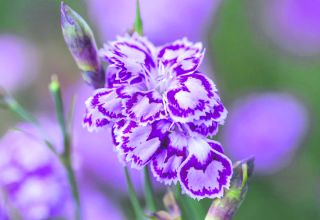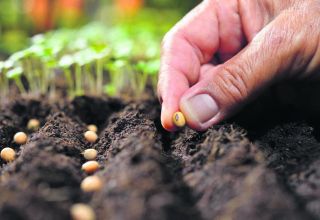
1. Plant summer flowering bulbs
While it may feel too early in the year to be thinking about summer, March is the perfect time to plant summer flowering bulbs that will provide beautiful colour and interest over the warmer months ahead.
Bulbs to plant this month include gladiolus such as the hot-pink ‘Charming Beauty’ variety, dahlias that explode into vibrant warm colours, and exquisite and delightful lilies. Get your lilies planted as soon as they are purchased or they will quickly dehydrate and perish.
Begonias are another option that provide long-lasting colour in the summer garden. Ensure the likelihood of frosts has passed before planting out.
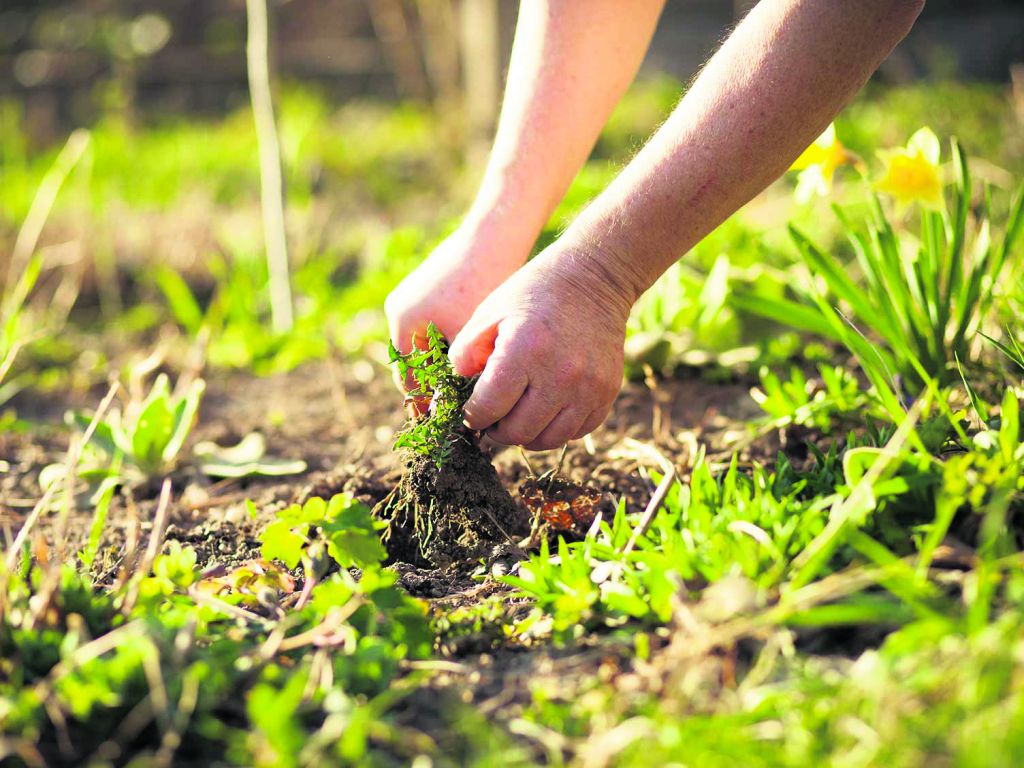
2. Start to attack weeds
Pick a day when the ground is dry and use a hoe, running it between rows of plants to kill any invasive seedlings and established weeds.
Weeds will start to appear in greater numbers as we switch from winter to spring. It is particularly important to remove them when they are hindering the growth of your plants, which they do by forcing them to compete for nutrients and water.
Hoeing brings the seedlings to the top of the soil, where they dry out and die.
Do not throw the weed seedlings into your compost heap, as they may come back to haunt you when applied to the garden.
3. Get onion sets in the ground
Plant out onion sets, shallots and garlic before they start to produce shoots. If you are buying any from garden centres reject any that are shooting they will only bolt during the summer. Transplant any onions that were grown from seed sown last summer into rows. It is best to treat these as a sacrificial crop to be harvested and used from August onwards.
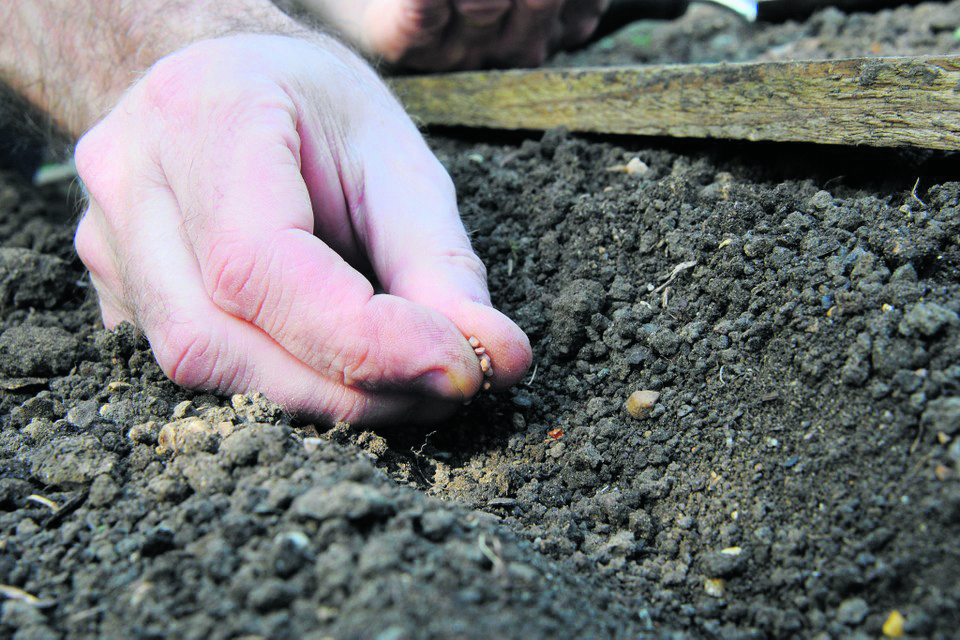
4. Time for some cautious sowing
As soon as the soil reaches 6°C you can start to sow directly outside. Sweet peas and broad beans can be sown first, and though the first of the salad can go in now you get better results if you warm the ground first with plastic or cloches. Early sowings of mustard, rocket and cut-and-come-again salad are some of the most delicious mouthfuls of the year, so seize the moment if it looks like the weather is with us and the month is kind.
Begonias are another option that provide long-lasting colour in the summer garden. Ensure the likelihood of frosts has passed before planting out.
5. Give your trees some TLC
If you planted trees this winter, give them some care now. Check tree stakes and ties, put rabbit guards in place where necessary, and keep them weed free and well watered, particularly through drier periods.
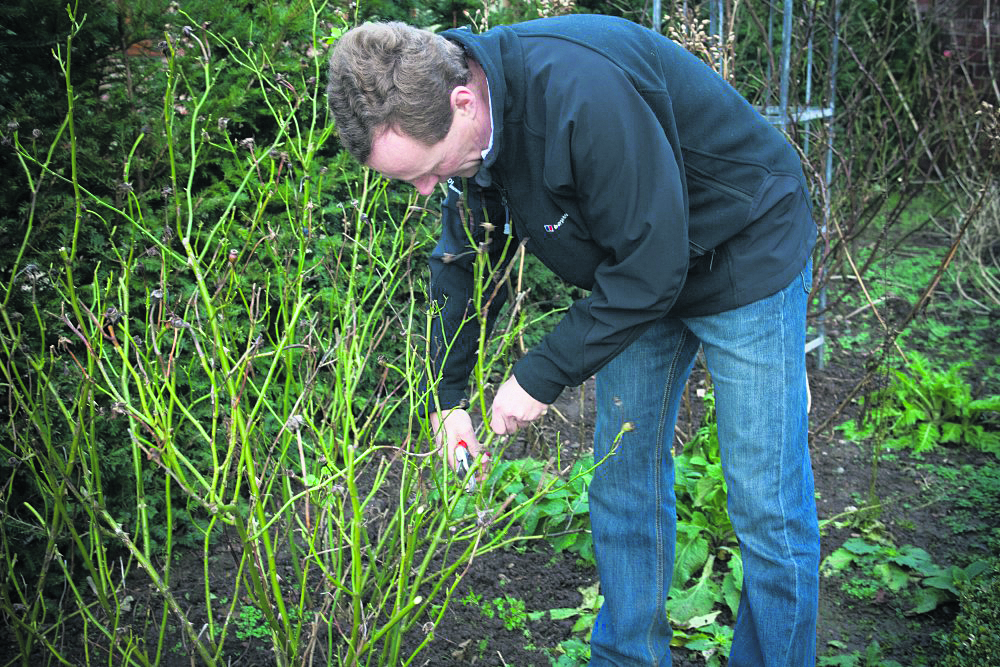
6. Don’t put off pruning roses
Late winter February or March is a good time for pruning roses.
Cuts should be no more than five mm above a bud and should slope downwards away from it, so that water does not collect on the bud. This applies to all cuts, whether removing dead wood, deadheading or annual pruning. Cut to an outward-facing bud to encourage an open-centred shape. With roses of spreading habit, prune some stems to inward-facing buds to encourage more upright growth. Cuts must be clean, so keep your secateurs sharp.
On established roses, cut out poorly flowering old wood and saw away old dead stubs. With the exception of climbing roses and shrub roses, prune all newly planted roses hard to encourage vigorous shoots.
7. Divide perennials
Dividing perennials regularly will ensure healthy, vigorous plants that will continue to perform year after year. It also offers the opportunity to multiply your plants.
Most perennials benefit from division every two to three years to maintain health and vigour. If you want to increase the number of plants you have by dividing them, the task can be done more regularly.
8. Clematis cutback time
February and early March is the time to tackle pruning Clematis Groups 2 and 3. If your plant is in Group 2, which is characterised by large flowers that appear in mid summer, it only needs a light prune. If it is group 3 and flowers from mid to late summer you can give it a harder prune. To help you remember make a note that if it ‘flowers before June, don’t prune!

9. Give alpines some love
As alpines start to flower, it’s a good moment to give them some love. They are martyrs to rot, so remove dead leaves from around the bases and add a handful of gravelly chippings to keep them away from wet soil.
10. Make early use of the greenhouse or polytunnel
If you have invested in a greenhouse, you can begin to fill it by sowing tender vegetables, such as aubergines, chillies, cucumbers and tomatoes, which will grow for the whole summer under glass.
You can also direct sow carrots, beetroots or turnips, radishes and a range of leafy salad crops, though in March these may need to be covered to allow the temperatures to climb high enough for germination in more northerly reaches of the UK. Again, consider what you want to have in the greenhouse or polytunnel in the summer months and whether you have time to sneak in a quick spring crop before heat-lovers take over the space.




